Help from davidtay or any UCL expert
mountaineergirl
13 years ago
Related Stories

COLORPaint-Picking Help and Secrets From a Color Expert
Advice for wall and trim colors, what to always do before committing and the one paint feature you should completely ignore
Full Story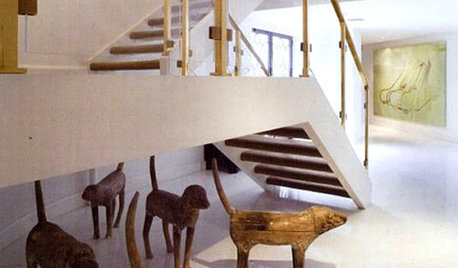
ARTExpert Talk: Sculpture Helps Rooms Break the Mold
Pro designers explain how sculpture can bring interiors to a higher level of design
Full Story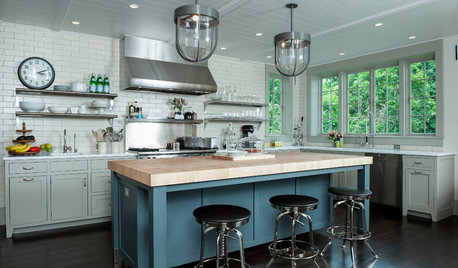
KITCHEN DESIGNExpert Talk: Design Lessons From 9 Stunning Kitchens
Architects share a behind-the-scenes look at the design decisions for some of their most interesting kitchen projects
Full Story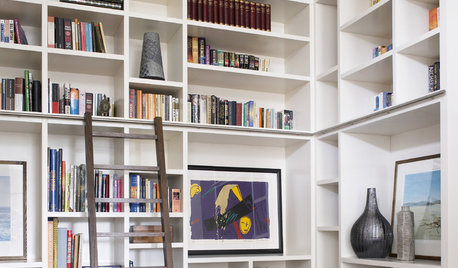
SMALL HOMESAsk an Expert: What Is Your Ultimate Space-Saving Trick?
Houzz professionals share their secrets for getting more from any space, small or large
Full Story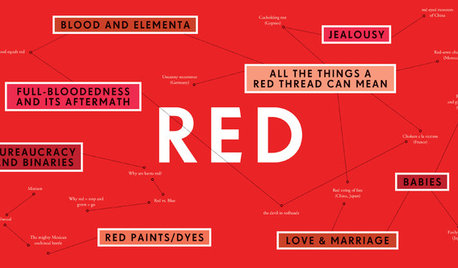
COLORWhy My Son’s Room Will Be Red: An Expert Weighs In on Colors for Baby
Historical facts, trend recaps and enthusiastic support for painting your nursery any darn color you like
Full Story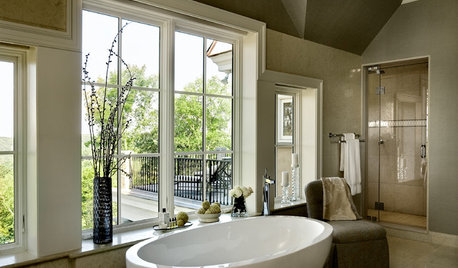
BATHROOM DESIGNExpert Talk: Freestanding Bathtubs Make a Splash
Professional designers explain why they chose freestanding tubs and how the style can enhance the design of any bathroom
Full Story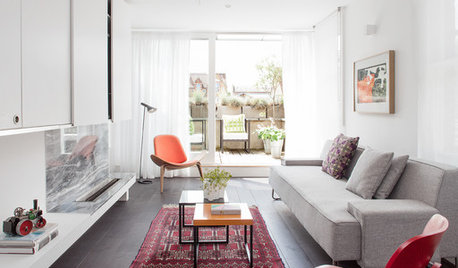
DECORATING GUIDESAsk an Expert: How to Decorate a Long, Narrow Room
Distract attention away from an awkward room shape and create a pleasing design using these pro tips
Full Story
HEALTHY HOMEHow to Childproof Your Home: Expert Advice
Safety strategies, Part 1: Get the lowdown from the pros on which areas of the home need locks, lids, gates and more
Full Story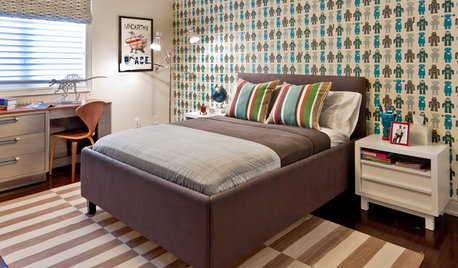
DECORATING GUIDESExpert Talk: Spice Up the Bedroom With Wallpaper
Create charisma for your bedroom with the unmatched patterns and textures of wallpaper, and this insight from pro designers
Full Story
PETS6 Ways to Help Your Dog and Landscape Play Nicely Together
Keep your prized plantings intact and your dog happy too, with this wisdom from an expert gardener and dog guardian
Full StorySponsored
Columbus Design-Build, Kitchen & Bath Remodeling, Historic Renovations
More Discussions






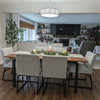
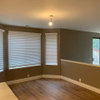
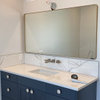
willtv
David
Related Professionals
Fort Washington Lighting · Palm Desert Lighting · South Miami Lighting · Suitland Lighting · Franklin Furniture & Accessories · Adelanto Furniture & Accessories · Champlin Furniture & Accessories · Clark Furniture & Accessories · Glenvar Heights Furniture & Accessories · Richfield Furniture & Accessories · Carpinteria Furniture & Accessories · Appleton Interior Designers & Decorators · Centerville Interior Designers & Decorators · Auburn Decks, Patios & Outdoor Enclosures · Bellingham Decks, Patios & Outdoor EnclosuresmountaineergirlOriginal Author
David
mountaineergirlOriginal Author
David
mountaineergirlOriginal Author
David
mountaineergirlOriginal Author
David
DavidR
mountaineergirlOriginal Author
mountaineergirlOriginal Author
David
mountaineergirlOriginal Author
David
jabee
David